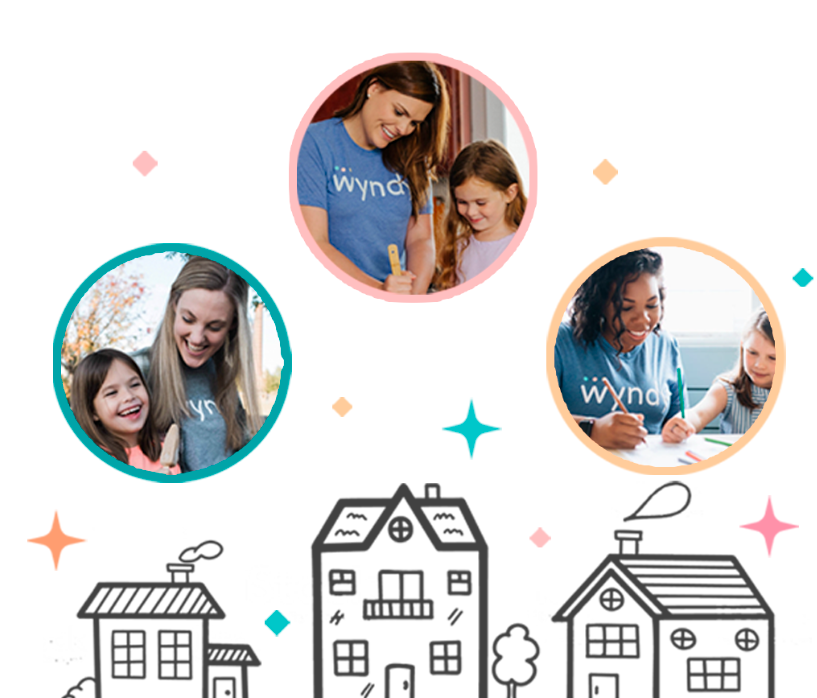Table of Contents
Understanding Child Development
One of the key aspects of being a successful babysitter is having a good understanding of child development. Children go through different stages of development as they grow, and each stage comes with its own set of milestones and challenges. By familiarizing yourself with the typical development milestones for different age groups, you can better understand the needs and abilities of the children you are caring for. For example, knowing that infants need lots of physical affection and interaction can help you provide appropriate care for a young baby, while understanding that toddlers are beginning to assert their independence can help you manage their behavior effectively.
On-Demand Childcare in Your Neighborhood
Book a Sitter
Safety First: Age-Appropriate Activities and Toys
When it comes to choosing activities and toys for the children you are babysitting, safety should always be your top priority. Certain activities and toys may be appropriate for older children but pose a danger to younger ones. For example, small toys or objects can be a choking hazard for babies and toddlers, while activities like swimming or biking may be too advanced for young children. Make sure to choose activities and toys that are age-appropriate and safe for the children you are caring for. Always follow any safety guidelines provided by parents and use your best judgment to ensure the well-being of the children in your care.
Setting Boundaries and Managing Behavior
Setting boundaries and managing behavior is an important part of being a babysitter. Children of all ages test boundaries, but the way you respond to their behavior will depend on their age and developmental stage. For younger children, it is important to set clear and consistent limits to help them feel secure and understand what is expected of them. For older children, you may need to have more in-depth conversations about rules and consequences. By being firm but fair and adjusting your approach based on the age of the child, you can help create a positive and respectful environment for everyone involved.

Communication with Parents
Effective communication with parents is crucial for providing the best possible care for the children you are babysitting. Before starting a babysitting job, make sure to discuss any specific guidelines or preferences that parents have regarding their children. This may include dietary restrictions, bedtime routines, or rules around screen time. During the job, keep parents informed about how their children are doing and any significant events that have occurred.
Being open and transparent in your communication can help build trust with parents and ensure that everyone is on the same page when it comes to the care of their children.
Conclusion
In conclusion, understanding age-appropriate guidelines is essential for babysitters who want to provide high-quality care for the children they are looking after. By familiarizing yourself with child development stages, prioritizing safety, setting boundaries, and communicating effectively with parents, you can create a positive and nurturing environment for children of all ages. Remember that every child is unique, so be flexible and adaptable in your approach to meet the individual needs of each child. By following these guidelines, you can become a trusted and reliable babysitter who makes a positive impact on the families you work with.










